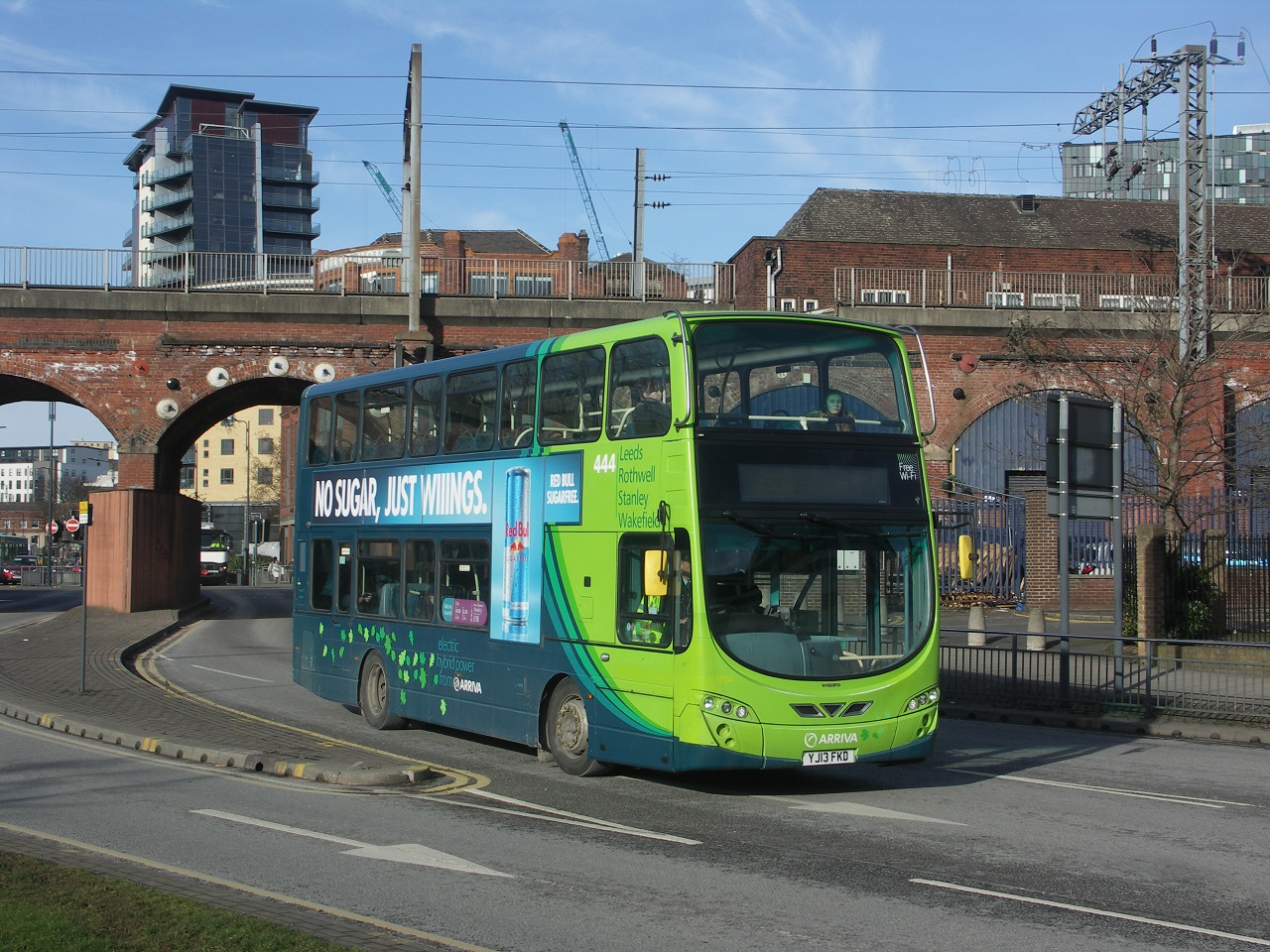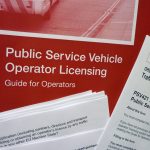Prime Minister Boris Johnson has announced a five-year, £5bn funding package for buses. He says the investment “will overhaul links for every region outside London.”
The news follows last week’s confirmation of an existing £170m to support zero-emission buses, increase rural mobility and trial ‘superbus’ networks.
The government also earlier allocated £50m to reinstating withdrawn services and trialling demand responsive transport.
Mr Johnson says the £5bn will make bus journeys “easier, greener and more convenient.” Introduced as part of the government’s plans will be:
- At least 4,000 zero-emission buses
- Cheaper and simpler fares, including capping
- Higher frequency services, including during the evening and at weekends, and more ‘turn up and go’ routes
- Priority schemes to allow buses to avoid congestion and reduce journey times.
Quality ‘the norm’ for buses with £5bn funding, says Shapps
Full details of what projects the £5bn will be spent on will be announced later this year. It will be part of the government’s National Bus Strategy.
The Department for Transport has confirmed that most of the £5bn will go to England, but Wales will also benefit from the money allocated to zero-emission buses. Northern Ireland, Scotland and Wales will receive additional money as per the Barnett formula. The Scottish Government has already committed £500m to enhanced bus priority.
Transport Secretary Grant Shapps says the funding will “bring about a transformation in bus services to every community.” He adds that the speeding up of journeys and capping of fares will “make high-quality services the norm.”
Cycling will also be a beneficiary of the financial windfall. Dozens of schemes will transform urban areas by turning them into low-traffic neighbourhoods. That will reduce traffic while maintaining access for buses.
Positive response from the industry but work to do
The industry has responded positively to the announcement. Confederation of Passenger Transport (CPT) Chief Executive Graham Vidler welcomed the news as a “strong statement of support for the role of buses in tackling environmental, social and economic issues.”
Mr Vidler adds the caveat that the money must be spent on improvements that are sustainable and which will reduce congestion. Stagecoach has echoed the latter point.
“We will be working with the government to ensure that investment is focused on tackling congestion and supporting the bus industry’s bold plans to transition to zero emission vehicles,” he says.
Suppliers’ impact: ‘Don’t forget fuel cell’, says Bamford
Wrightbus has called on the government to ensure that hydrogen fuel cell-electric power is prominent among the 4,000 new buses.
Executive Chairman Jo Bamford says that doing so will act as an incubator for the technology that could lead to export success for UK manufacturers.
Mr Bamford acknowledges a strong role for battery-electric buses, but he adds that if fuel cell is prioritised and “thousands” of such buses are procured, “the UK will be able to steal a march on other nations by building a thriving hydrogen economy with zero-emission technology ripe for export.”
The government’s focus on zero-emission buses also has the potential to have a major impact on the wider industry that produces those vehicles.
Data from Dutch consulting firm Chatrou CME Solutions shows that in Western Europe (including the UK) and Poland 1,687 battery-electric buses and 28 hydrogen fuel cell buses were delivered in 2019.


























